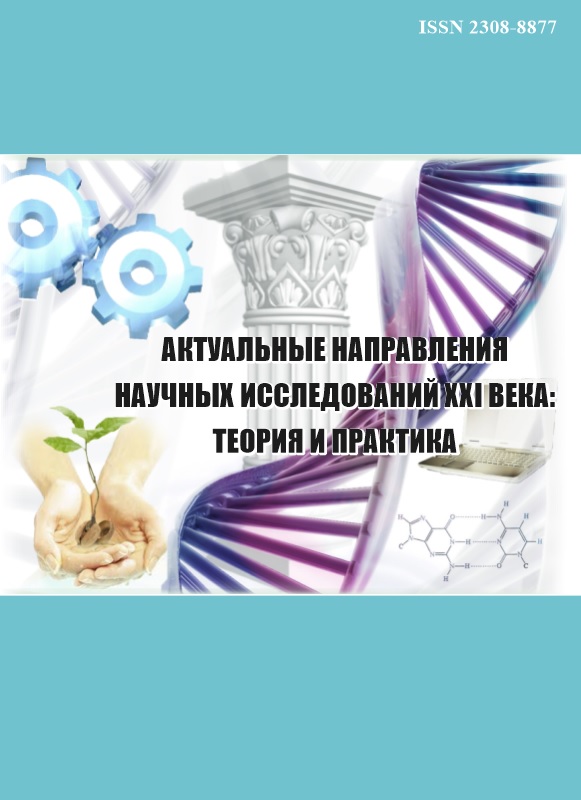Voronezh, Voronezh, Russian Federation
Hydroponics is a modern way of growing plants in special solutions. Using this method, plants dispense with soil, are in the substrate, which serves as a support for the root system and receive the necessary nutrients from the solution. It for each plant, depending on the species, is selected individually. The hydroponic method is of two types: open systems and closed. Most industrial plants are simple open systems. Plants are grown on a mineral wool slab; the nutrient solution circulates several times a day, according to the ambient temperature, and then after each watering 25-30% of the nutrient solution is discharged into the ground. This is to prevent the deposition of salts on the substrate.There are also closed systems where the nutrient solution circulates from the tank to the plants and back to the tank. In this case, all the consumed water is absorbed and evaporated by the plant, thereby increasing the efficiency of water consumption. In addition, the nutrient solution does not come into contact with the soil and does not contaminate the soil, and unwanted nutrients do not enter the groundwater. System closure solves the problem of water loss. Peppermint culture was grown using a closed type of hydroponic system. Passiflora seeds were grown using mineral wool.
hydroponics, plants, light, water, soil substrate
ВВЕДЕНИЕ
Согласно историческим данным за последние 200 лет своими успехами растениеводство обязано гидропонным технологиям, особенно в области питания растений. Гидропоника – метод выращивания растений в специальных растворах без почвы. Гидропоника является одной из старейших форм выращивания растений.
В данной системе выращивания растений они получают через воду и свет все необходимые им природные элементы, способствующие росту. Поэтому вода и созданные на ее основе правильные и точные питательные растворы, а также установка оптимального освещения - два самых главных ключа к успеху в гидропонном выращивании растений.
Первое и самое важное преимущество здесь в том, что питание растений находится под нашим полным контролем. В корневую зону попадают только те элементы, которые вносим в воду мы сами, к тому же в заданных пропорциях. В любой момент времени можно контролировать качество и количество питательных веществ, растворенных в воде. Сегодня гидропоника применяется в большинстве исследования растений.
1. Bedrikovskaya N.P. Gidroponika komnatnyh cvetov. Kiev: Izdatel'stvo «Naukova dumka»,1972.- 64 s.
2. Zal'cer E. Gidroponika dlya lyubiteley.Moskva: Izd-vo Kolos, 1965. - 159 s.
3. Kirillova E.V. Sovremennoe komnatnoe cvetovodstvo. Moskva: Izdatel'stvo: Rosmen, 2005 g.
4. Opitc K.H. Gidrokul'tura-prostoy sposob uhoda za rasteniyami. Moskva: Izd-vo Lik press,1998.-66 s.
5. Rudenko M. S. Chudesnaya gidroponika. Vse sekrety urozhaya v gidrogele, torfe, sene, mhe.Moskva:Izd-vo Vivat, 2017.-224 s.
6. William Texier’s Related Books Hydroponics for Everybody, All about Home Horticulture[Article]/ William// English Edition, Mama Editions.-2013.-R. 237.










